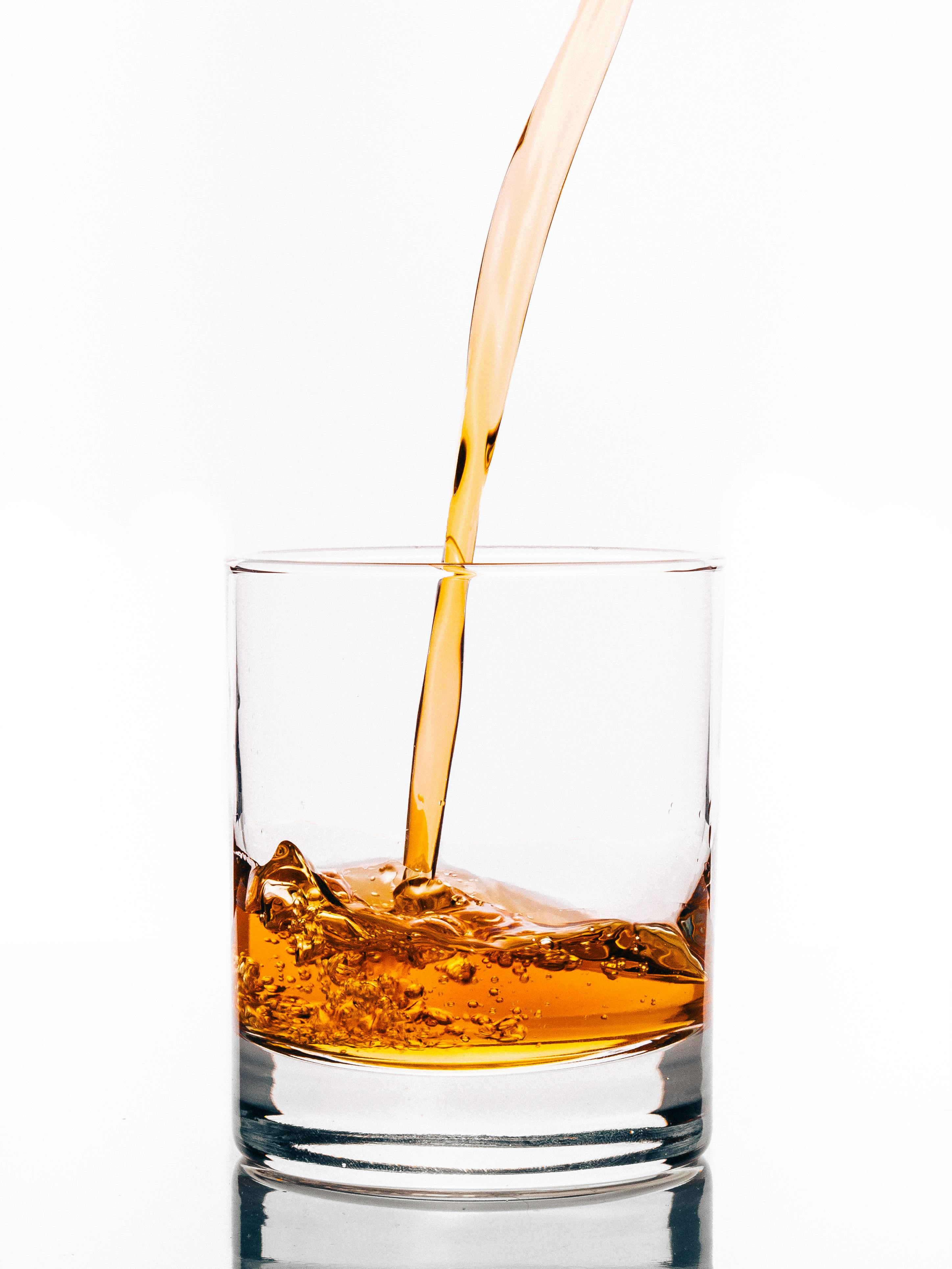According to both popular science and drug commercials, the brain is a mess of chemicals. Imbalances in these chemicals are responsible for a variety of ailments from depression to addiction. However, there’s rarely any mention of how these chemicals are related to neural activity. For instance, why is dopamine often rewarding, and why is serotonin related to depression?

To answer such questions, let’s back up a bit. The brain receives, processes, and sends information in the form of electrical signals sent to and from neurons. Like all cells, neurons have a membrane which separates the inside of the cell from the outside. They also have molecular machinery that keeps the inside of the cell more electrically negative than the outside of the cell by pumping out certain electrically charged particles and allowing others in. Like a wall in a building, the membrane is solid in most places but also contains tiny doors. When the right molecule fits into part of the door, like a key into a lock, the door opens and lets in particles which can make the inside more or less negative.
What’s special about neurons is that if the inside loses it’s negative voltage, the neuron “fires,” sending a chain reaction down the long cable (called an axon) coming out of the cell. The cable connects the neuron to other neurons, but the cable doesn’t usually attach directly. Instead it stays a tiny distance from the target cells; when the chain reaction reaches the end of the cable, chemicals called neurotransmitters are released. Neurotransmitters are keys to doors in the target cell’s membrane. Depending on the type of door, the target neuron will be pushed towards or away from the voltage threshold for it’s own chain reaction. Complicating matters, some chemicals, called neuromodulators open doors in the membrane that cause longer-term effects, like making the cell fire more easily for an extended period.
The key point is that it’s the relationships between cells that are really important, not the neurotransmitters per se. In fact, different neural systems can use the same neurotransmitters for different functions. Dopamine is sometimes referred to as a “pleasure chemical,” but it is much more accurate to say it is an important chemical for a major neural reward system. Dopamine is important to this system because many of the neurons within it have dopamine-shaped locks on their doors. But some totally different systems, including some involved in movement, also have dopamine shaped locks on their doors. The most visible symptoms of Parkinson’s disease, for instance, result from too little dopamine in areas that have little to do with reward.

Many research labs at IU study neurotransmitters and neuromodulators. In Dr. Sharlene Newman’s Cognitive Neuroimaging Lab, research assistant Derek Kellar examined how alcohol use might be related to concentrations of glutamate in the anterior cingulate cortex and nucleus accumbens, two regions of the brain involved in reward and addiction. Glutamate is a major excitatory neurotransmitter – that is, it tends to open doors in the cell membrane that make the cell more likely to fire.
Derek showed both alcohol users and non-drinking control subjects two sets of images while scanning their brains with an MRI machine. One set contained images of alcohol, similar to the one displayed here, that may evoke craving, while the other set contained neutral control images of furniture. Using a technique called magnetic resonance spectroscopy, he determined concentrations of glutamate in the anterior cingulate cortex and nucleus accumbens. If images of alcohol invoke craving in alcohol users, then they might also drive an increase in the excitatory neurotransmitter glutamate in neural regions related to reward.
However, their findings in anterior cingulate cortex were surprising. Heavy drinkers had higher starting levels of glutamate than control subjects, but those levels actually decreased slightly while looking at the alcohol-related pictures relative to the control pictures. According to Derek, this result may be due to the pattern of drinking in the college student population since alcohol may actually be aversive the day after binge drinking, but further research will have to be conducted to untangle the relationship between alcohol use, glutamate, and drug craving. This is just one instance of the varied and complex relationship between behavior and the wide array of chemicals affecting neural activity in the brain.
Edited by Liz Rosdeitcher and Taylor Nicholas

Leave a Reply